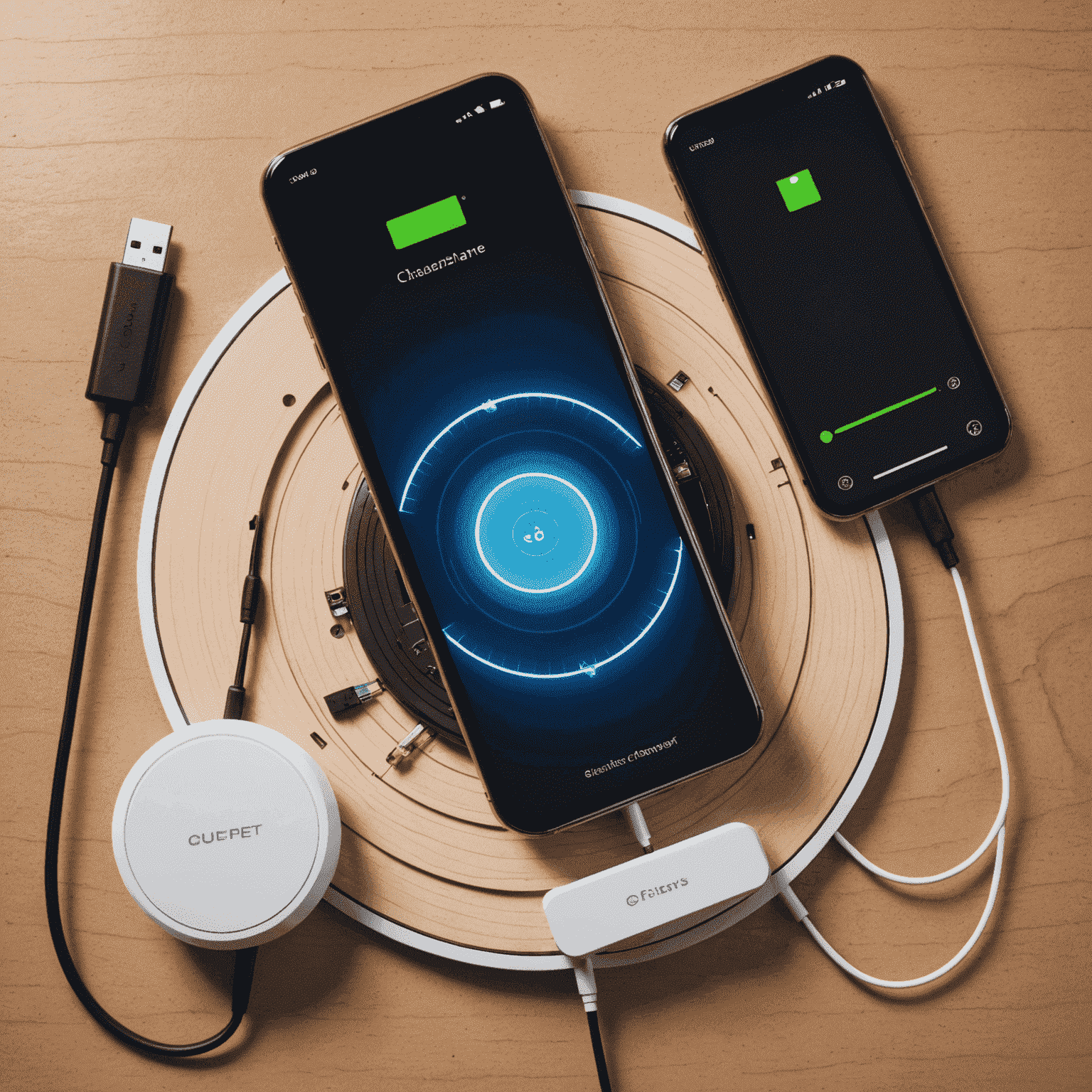Wireless Charging: The Future of Recharging

As we continue to embrace a more connected world, the way we recharge our devices is evolving. Wireless charging technology is at the forefront of this revolution, promising a future where tangled cords and misplaced chargers are a thing of the past.
The Rise of Wireless Charging
Wireless charging, also known as inductive charging, uses electromagnetic fields to transfer energy between a charging pad and a compatible device. This technology has gained significant traction in recent years, with more and more devices supporting this convenient method of recharging.
How Wireless Charging Works
At its core, wireless charging relies on electromagnetic induction. A charging pad contains a transmitter coil, while your device has a receiver coil. When these coils are aligned, an electromagnetic field is created, allowing energy to transfer from the pad to your device, recharging its battery without any physical connection.

Advancements in Wireless Charging Technology
Recent advancements have pushed wireless charging technology further:
- Longer Range: New technologies are extending the charging range, allowing devices to recharge from a greater distance.
- Faster Charging Speeds: Improvements in efficiency are closing the gap between wired and wireless charging speeds.
- Multiple Device Charging: Some chargers can now power up multiple devices simultaneously on a single pad.
- Integration into Furniture: Wireless charging is being built into tables, desks, and other furniture for seamless charging experiences.
The Impact on Daily Life
As wireless charging becomes more prevalent, it's changing how we interact with our devices:
- Reduced cable clutter in homes and offices
- Increased convenience in public spaces like cafes and airports
- Enhanced durability of devices by reducing wear on charging ports
- Improved water resistance in devices without exposed charging ports

Challenges and Future Developments
While wireless charging offers numerous benefits, there are still challenges to overcome:
- Improving efficiency to reduce energy loss during charging
- Standardizing technology across different manufacturers
- Addressing concerns about long-term effects on battery health
- Developing solutions for charging larger devices like laptops
Researchers and companies are actively working on these issues, with promising developments on the horizon. We may soon see wireless charging that works over even greater distances or charging solutions integrated into our environment in ways we haven't yet imagined.
Conclusion
Wireless charging is more than just a convenient way to recharge our devices; it's a glimpse into a future where power is as ubiquitous and accessible as Wi-Fi. As the technology continues to advance, it will undoubtedly play a crucial role in shaping our increasingly connected world, making the act of recharging simpler, more efficient, and more integrated into our daily lives than ever before.